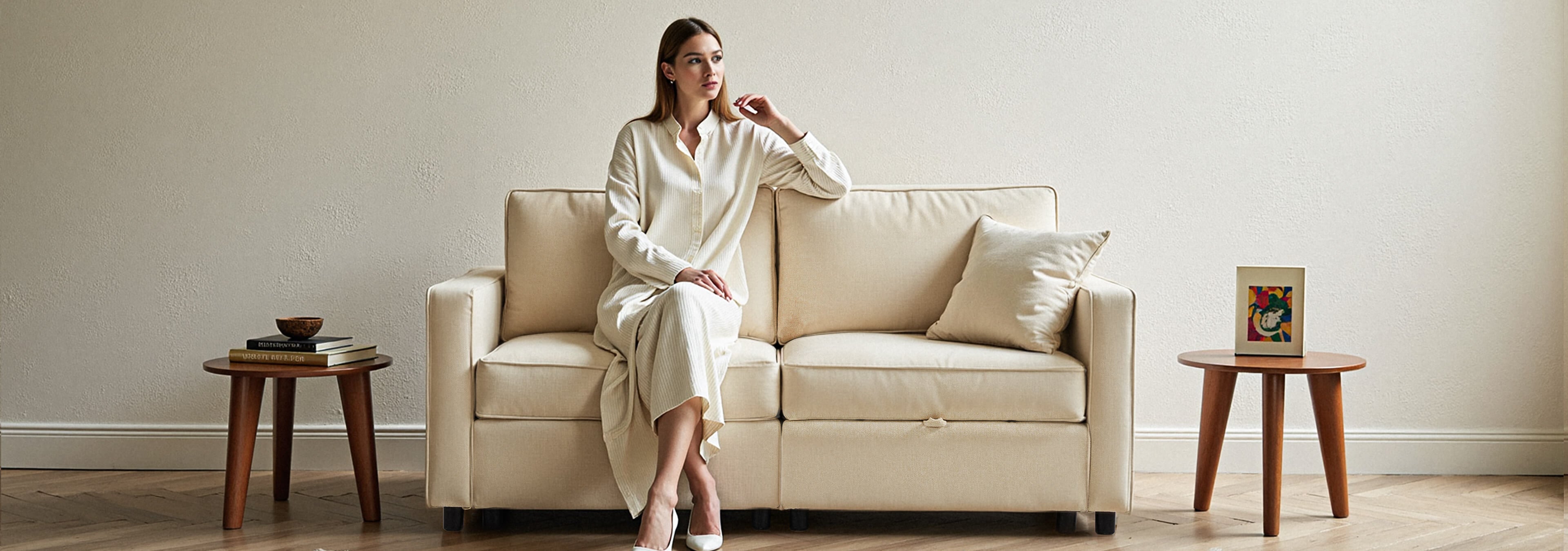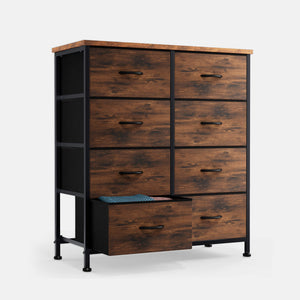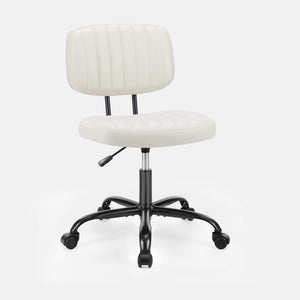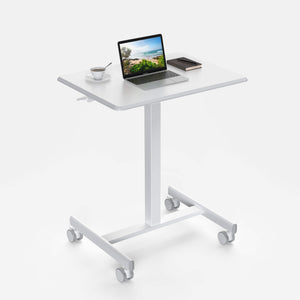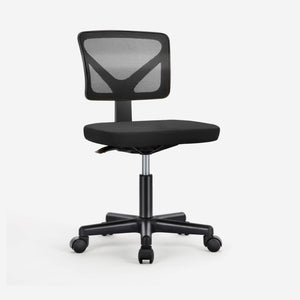Hands-Free Hygiene Becomes Second Nature
The pedal mechanism shines when your hands are full of raw chicken packaging or messy food prep waste. No need to touch the lid when you're handling potentially contaminated items, which helps maintain better kitchen hygiene. This feature proves particularly useful during cooking sessions when you're moving quickly between tasks.
Strategic Placement Makes Daily Routines Smoother
Where you position your bin can significantly impact your kitchen workflow. Near the sink works well for vegetable peels and food scraps, while placing it close to your prep area reduces the steps you take during cooking. Some households prefer keeping it tucked beside the refrigerator or in a corner to maintain a cleaner visual aesthetic.
Odor Control Goes Beyond the Bin Itself
While the sealed design helps contain smells, pairing it with a few simple habits can enhance freshness even further. Rinsing containers before tossing them in, double-bagging particularly pungent waste, or sprinkling baking soda at the bottom of your liner can all contribute to a more pleasant kitchen environment. Regular emptying—especially in warmer months—prevents odors from building up in the first place.
Stainless Steel Fits Multiple Kitchen Styles
The neutral metallic finish tends to complement both modern and traditional kitchen designs without clashing. It coordinates nicely with stainless appliances if you have them, yet doesn't look out of place alongside white or colored kitchen fixtures. The material also tends to show fewer fingerprints compared to glossy plastic alternatives.
Liner Management Saves Time and Mess
Getting the right size liner for your bin eliminates the frustration of bags that slip down or overflow. Many people find that keeping extra liners stored at the bottom of the bin means you can quickly replace a full bag without hunting through cupboards. This small organizational trick streamlines your routine, especially during busy meal prep or cleanup times.
Easy Cleaning Keeps Things Looking Fresh
Stainless steel typically wipes down easily with a damp cloth and mild cleaner, helping you maintain a polished appearance without much effort. The smooth surface doesn't trap grime the way textured materials might. A quick wipe every few days—or whenever you notice spills—usually keeps things looking tidy.
Durability Means Long-Term Value
Unlike plastic bins that can crack or discolor over time, stainless steel construction tends to hold up well through years of daily use. The pedal mechanism is worth checking periodically to ensure it operates smoothly, but quality designs generally remain functional for extended periods. This longevity can make it a worthwhile investment for your kitchen.
Noise Levels Matter in Shared Spaces
If you live in an apartment or have an open-plan layout, the sound of the lid closing might be something to consider. Some bins close more quietly than others, which becomes relevant during early mornings or late evenings when others are sleeping. The pedal operation itself tends to be quieter than manually lifting and dropping a lid.




















